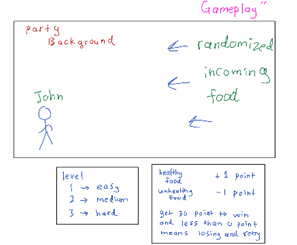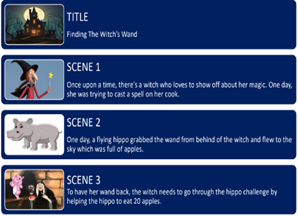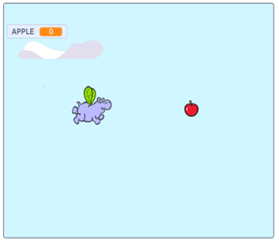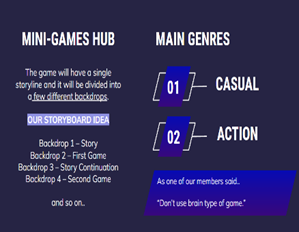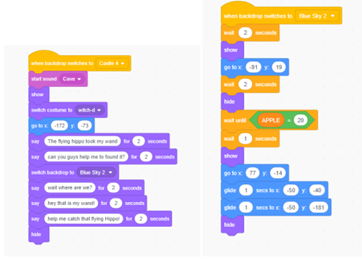
Description of the course
The Computational Thinking course is offered by the Faculty of Computer Science and Information Technology course as a university course that can be also be taken by students from other faculties. It is a course under the Student Holistic Empowerment (SHE) Program. The course offers 2 credit hours with no prerequisite requirements. In this course students are exposed to the concepts of computational thinking in solving everyday problems. Students engage in unplugged activities in the classroom that aim to reinforce understanding and deployment of key concepts. In addition, students are taught Scratch programming, which is a hands-on activity that further facilitates the understanding of concepts. Students from different areas of studies are asked to present problems related to their area. Using the skills and concepts learned, they are required to come up with a well-thought method for solving the problem in focus. They are then required to design and develop a program that provides a digital solution to the problem. The Computational Thinking course does not require any prior knowledge in programming or Computer Science. It aims to demonstrate that computational thinking is used by everyone whether they are aware of it or not, rather than guide them to use it in a structured manner. The course is conducted fully online.
Description of the participants
The course targets full-time undergraduates at the University of Malaya. In semester 1 of the 2021 – 2022 academic year 79 students attended the course.
Description of gamified design thinking activities
Design thinking was deployed in the course as part of the class project. Activities focused on the ideation, prototyping, and evaluation phases of the methodology.
The pedagogical approach applied in the course was project-based learning. Project-based class activity had multiple goals. It aimed at encouraging students to demonstrate problem solving skills using computational thinking methods. It further aimed at supporting students in developing a simple program to solve a problem related to their area of study. In addition, the class project aimed at building student ability to plan and execute the project using design thinking. Finally, the class project encouraged students to design a game through storyboarding, to develop a game using the Scratch® platform, and to evaluate the game through a questionnaire.
Students worked in groups. They were asked to familiarize themselves with Scratch® and then use it to create their own game following pre-defined guidelines. Specifically, the game was required to include at least 10 elements demonstrated by the instructor in tutorial sessions and be tested by at least 5 individuals from other groups. Students were asked to use the ICT-INOV digital learning platform for brainstorming, communication, and solution synthesis.
Students worked with their team members to discuss and deliver the specified output every week. At the end of the week, students went through an interview on project implementation progress. Each week the following deliverables were expected:
Step 1: Empathy.
Students applied principles of empathy towards understanding user needs for creating the game. Work included analysis of the target group, the type of game to be developed, and the input mechanisms. The results were delivered at the end of week 1 of the activity.
Step 2: Ideation.
Students brainstormed towards introducing ideas for game creation. The ideation outcomes were documented through a storyboard on initial game design. The results were delivered at the end of week 2 of the activity.
Step 3: Prototyping.
Students designed a game prototype using Scratch®. The results were delivered at the end of week 3 of the activity.
Step 4: Evaluation.
Students performed game evaluation and prepared a presentation of their game. The results were delivered at the end of week 4 on the activity.
